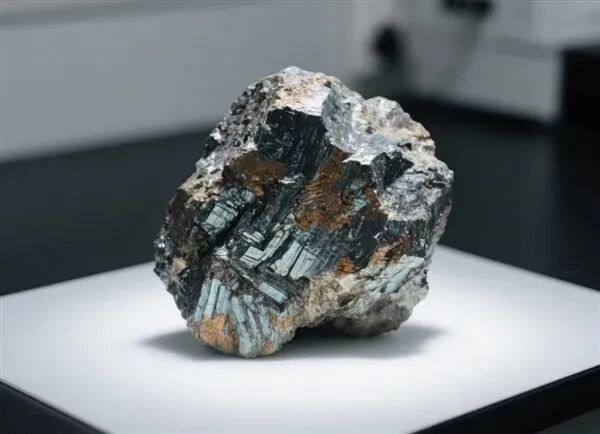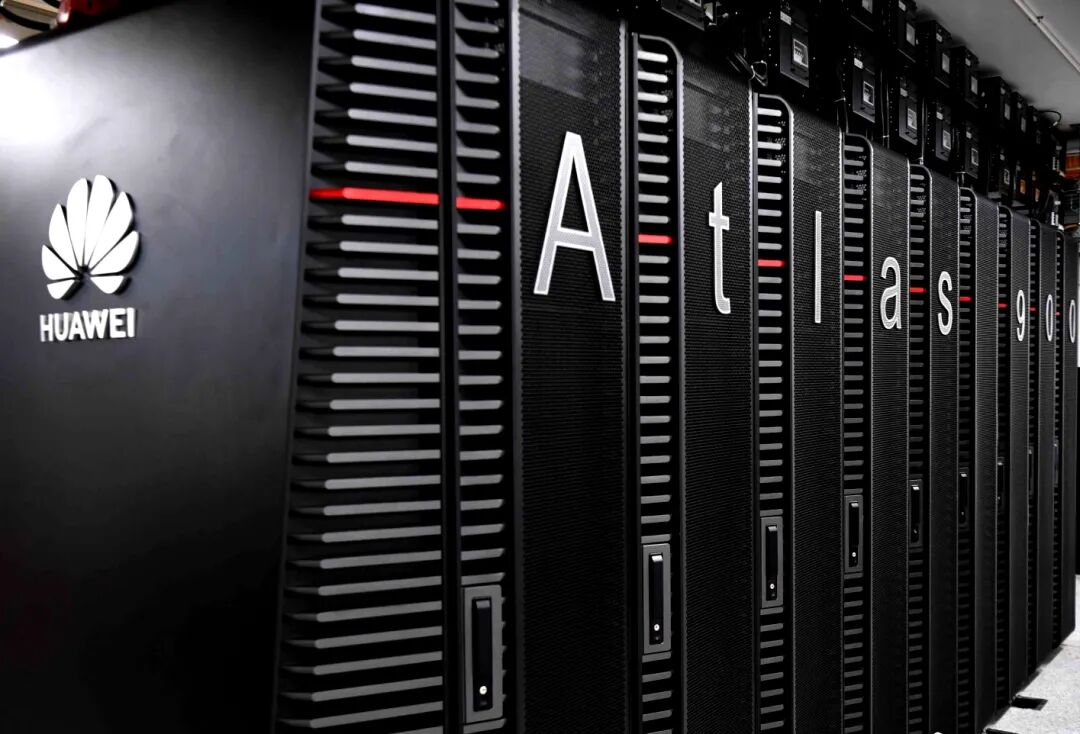If you are a new friend, please click the blue text above to follow “High-Tech Enthusiasts,” and we guarantee you won’t be disappointed.
The Sino-American Technological Competition: As the U.S. Holds Back on Chip Negotiations, Huawei Opens New Paths with ‘Mathematics’
On June 12, comprehensive news reported that U.S. Secretary of Commerce Gina Raimondo recently stated again: the U.S. will not directly provide the most advanced chips to China, but hopes to use aircraft parts and ethane as bargaining chips to exchange for China relaxing rare earth export controls.
This statement subtly echoes the recent proposal from U.S. officials regarding “chips for rare earths,” but its sincerity is somewhat diminished.

According to foreign media reports, Kevin Hassett, Director of the U.S. National Economic Council, clearly stated that the chips the U.S. is considering relaxing controls on are not “very, very high-end NVIDIA chips”, and the H20 specially provided by NVIDIA for the Chinese market is also not under consideration.
“I mean other semiconductors that are also very important to China,” Hassett defined this unequal transaction.

As the U.S. holds back in chip negotiations, Chinese tech companies have begun to break the deadlock through unique paths.
Just two days ago, the People’s Daily published an in-depth interview with Huawei’s founder Ren Zhengfei. Faced with the generational gap in chips, Ren proposed a solution: “There is actually no need to worry about chip issues; by using methods like stacking and clustering, the computational results can be comparable to the most advanced levels.”
“We are still one generation behind the U.S. in single-chip technology,” he admitted, “We use mathematics to supplement physics, non-Moore to supplement Moore, and cluster computing to supplement single chips, achieving practical results.”
This idea has been validated in Huawei’s Ascend chip cluster. A report by the internationally renowned organization SemiAnalysis in April this year pointed out that Huawei Cloud’s AI computing cluster solution CloudMatrix 384 (based on 384 Ascend chips) has surpassed NVIDIA’s flagship product GB200 NVL72 in several key metrics.

Doubling Performance: CloudMatrix 384 provides up to 300 PFLOPs of dense BF16 computing power, nearly double that of GB200.
Memory Overload: The total memory capacity exceeds NVIDIA’s solution by 3.6 times, and the memory bandwidth reaches 2.1 times.
System Victory: Although the performance of a single Ascend chip is about one-third of NVIDIA’s Blackwell GPU, Huawei has achieved an overall leap in computing power through system-level innovations such as fully interconnected topological architecture.
SemiAnalysis emphasizes that Huawei’s engineering advantages are not only reflected at the chip level but also in the system-level innovations of network architecture, optical interconnects, and software optimization. As Ren Zhengfei said, software is “the graphical symbol of mathematics, code,” “without blocking ropes.”

Huawei’s confidence comes from long-term investment in fundamental research.
In the interview, Ren Zhengfei particularly emphasized: “Without theory, there are no breakthroughs; we cannot catch up with the U.S.” He revealed that Huawei invests as much as 180 billion RMB annually in R&D, of which about 60 billion is used for fundamental theoretical research— “not assessed,” while the remaining approximately 120 billion is invested in product R&D — “to be assessed.”
“When our country has a certain economic strength, we must pay attention to research, especially fundamental theoretical research,” he pointed out clearly, “Fundamental research does not take just 5 to 10 years; it generally takes 10, 20, or even longer. If we do not engage in fundamental research, we will have no roots. Even if the leaves are lush and flourishing, they will fall with a gust of wind.”

Beyond the competition of chip nanometers, a breakout battle surrounding system architecture, cluster computing, and fundamental research has already begun.
As the U.S. attempts to exchange non-high-end chips for strategic resources at the negotiation table, Chinese technological power is using the wisdom of “mathematics to supplement physics” to carve out new paths.
The breakthrough performance of the Ascend cluster confirms Ren Zhengfei’s judgment: through large-scale system design and cluster collaboration, even if there is a generational gap in single chips, overall computing power can still achieve surpassing results.
This is not only a realistic path in the technological competition but also profoundly reveals the underlying logic of independent innovation — only by being rooted in the deep soil of fundamental research can we grow truly resilient towering trees.
The U.S. strategy of holding back in chip negotiations ultimately cannot stop the system-level innovations forged by Chinese technology under pressure.
